Sunday Commentary: Budgetary Shortfalls Leave Us Vulnerable to Wave of Burglaries
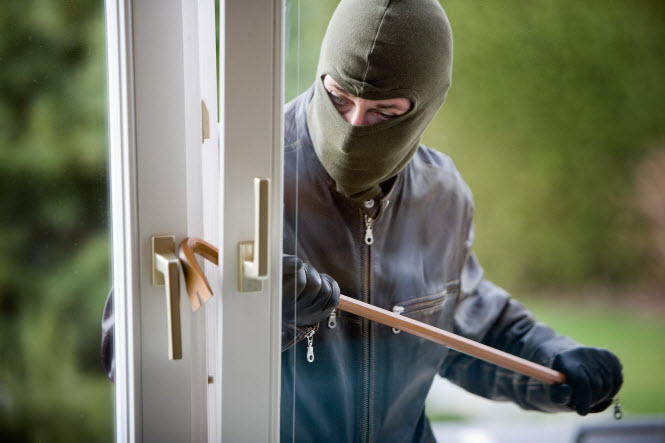 On these pages, we have not talked much about the rash of burglaries in Davis in the early part of the year. As of early March, there had been 31 break-ins, along with eight attempted burglaries in Davis this year. That number may now be approaching 50.
On these pages, we have not talked much about the rash of burglaries in Davis in the early part of the year. As of early March, there had been 31 break-ins, along with eight attempted burglaries in Davis this year. That number may now be approaching 50.I was reading a letter to the Davis Enterprise discussing citizen patrols and whether citizens should be patrolling neighborhoods.

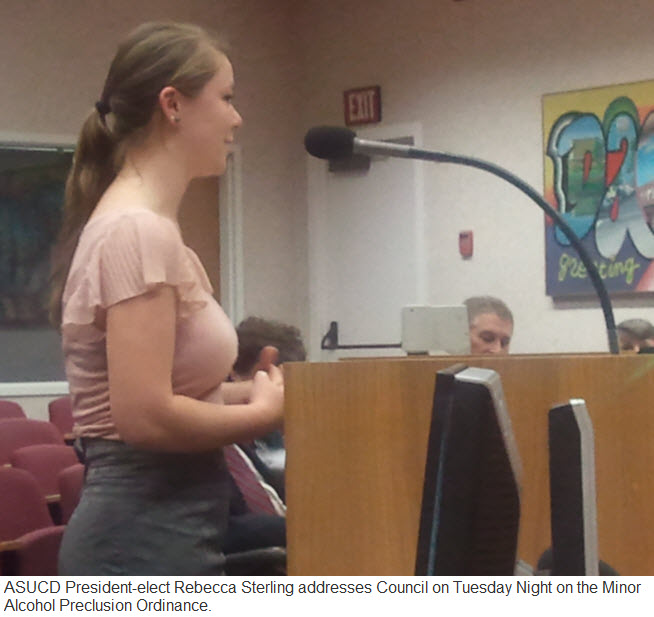
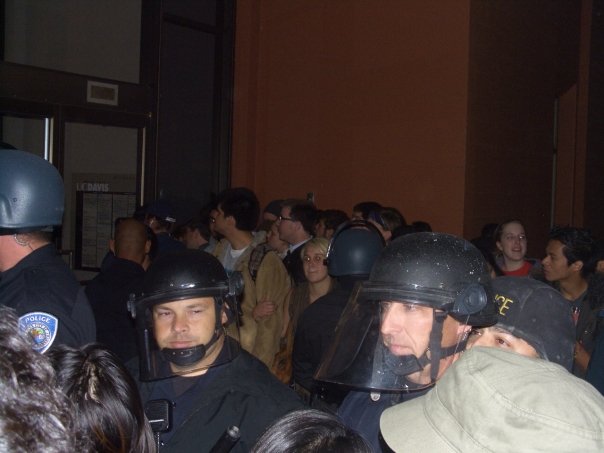 On Tuesday we will find out the long-awaited results of the pepper-spray report. Many are bracing themselves for a whitewashing, but I don’t think that is going to happen. The reason that is not going to happen is that Cruz Reynoso is not going to allow it to happen.
On Tuesday we will find out the long-awaited results of the pepper-spray report. Many are bracing themselves for a whitewashing, but I don’t think that is going to happen. The reason that is not going to happen is that Cruz Reynoso is not going to allow it to happen.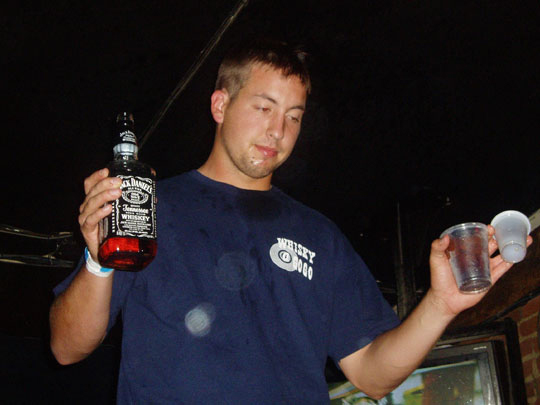 On January 10, 2012, Davis Police Chief Landy Black and city staff caught the Davis City Council off-guard by presenting an ordinance to preclude minors from drinking.
On January 10, 2012, Davis Police Chief Landy Black and city staff caught the Davis City Council off-guard by presenting an ordinance to preclude minors from drinking.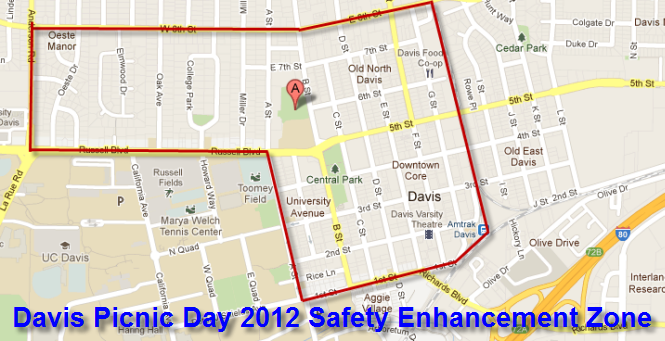
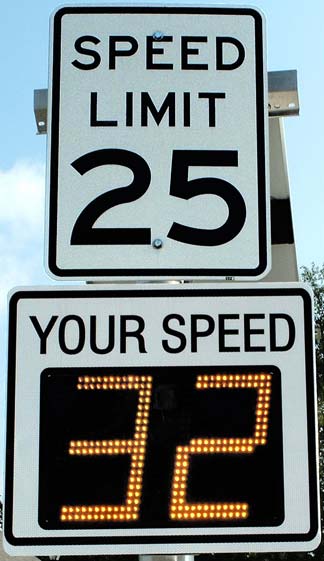 The December death of Megan Glanville, a Davis resident originally from Chico, has pushed the city to take further steps to protect pedestrians and others at the intersection of Russell Blvd and Lake Blvd on the westernmost outskirts of Davis.
The December death of Megan Glanville, a Davis resident originally from Chico, has pushed the city to take further steps to protect pedestrians and others at the intersection of Russell Blvd and Lake Blvd on the westernmost outskirts of Davis.
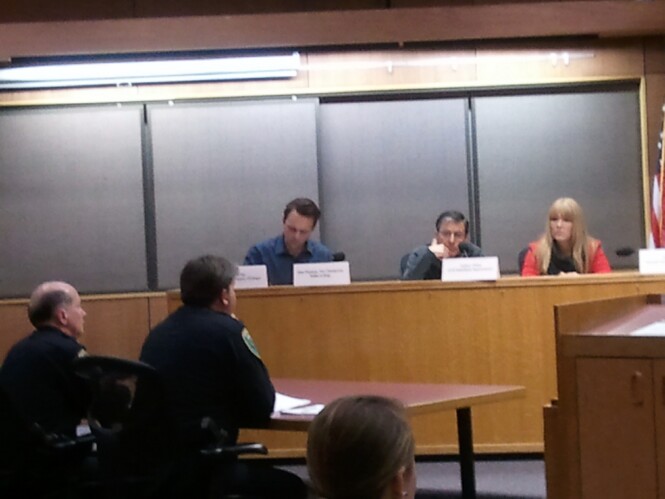

 Few in the community are likely shocked by the news that a young soccer coach and licensed foster parent would be charged with 48 felony child molestation counts with a child under 14. These charges stem from alleged conduct with two children from June 2007 until November 2011.
Few in the community are likely shocked by the news that a young soccer coach and licensed foster parent would be charged with 48 felony child molestation counts with a child under 14. These charges stem from alleged conduct with two children from June 2007 until November 2011.
 by Lamar Heystek
by Lamar Heystek

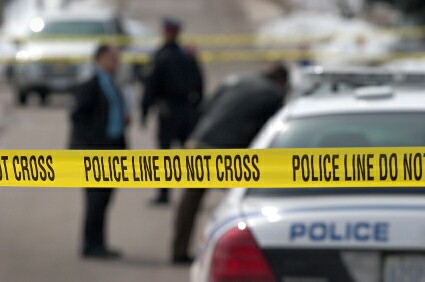
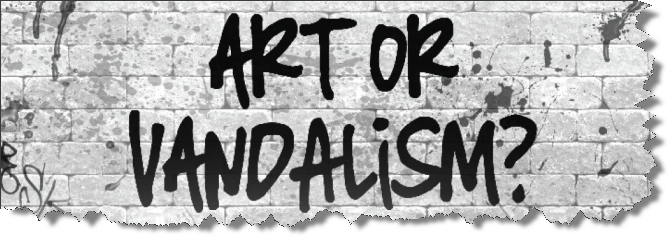
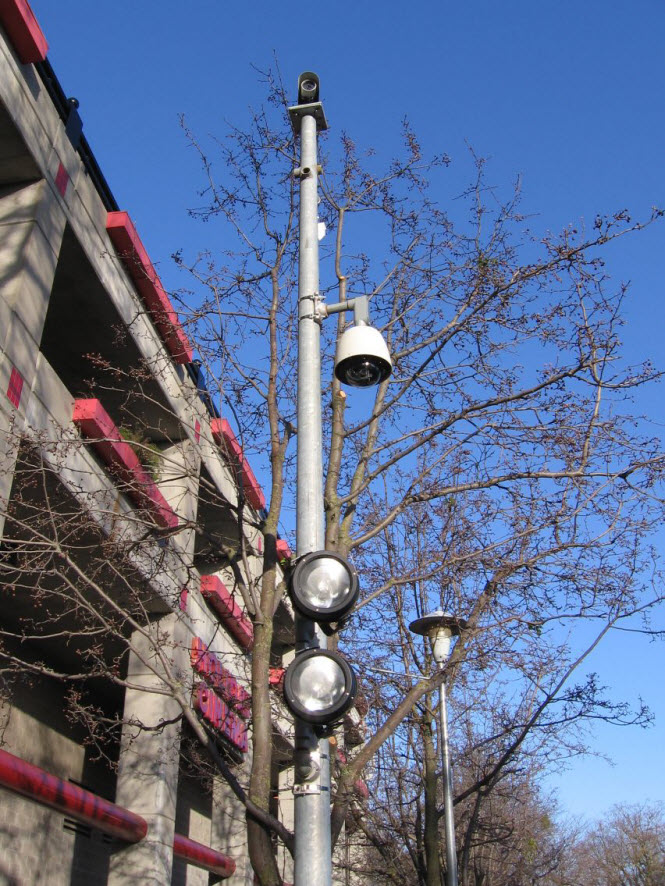 Traffic intersections have proven to be one of the most dangerous locations for drivers. One of the chief problems are vehicles running red lights, trying to race to get through in time.
Traffic intersections have proven to be one of the most dangerous locations for drivers. One of the chief problems are vehicles running red lights, trying to race to get through in time.